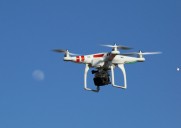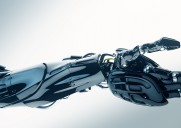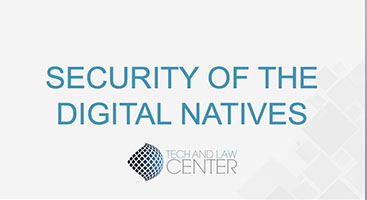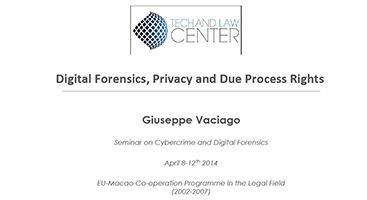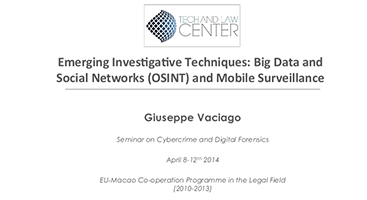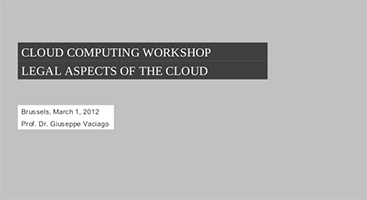Robotics is a branch of engineering that involves the conception, design and operation of robots.
This field overlaps with computer science, electronics, nanotechnology, artificial intelligence, and bioengineering.
The concept of creating machines that can work autonomously dates back to classical times. Science-fiction author Isaac Asimov is often given credit for being the first person to use the term robotics in a short story composed in the 1940s. In the story, Asimov suggested three principles to guide the behaviour of robots and smart machines. Asimov’s Three Laws of Robotics, as they are called, have survived to the present:
1) Robots never harm human beings.
2)Robots must follow instructions from humans without violating rule 1.
3) Robots must protect themselves without violating the other rules.
Research into the functionality and potential uses of robots did non grow until the 20th century. Today, robotics is a rapidly growing field, as technological advances continue, research, design, and building new robots serve various practical purposes: commercially, militarily or domestically.
As Neil M. Richards and William Smart wrote in How should the law think about robots? “robots and robotic technologies are now mature enough to leave the research lab and come to the consumer market in large numbers.“.
In Prof. Ryan Calo’s Robots and Privacy we can explore “how the mainstreaming of robots might specifically affect privacy (…) Practically by definition, robots are equipped with the ability to sense, process, and record the world around them. Robots can go places humans cannot go, see things humans cannot see. Robots are, first and foremost, a human instrument.“.
A specific interest for Tech and Law Center is to analyze the legal issues related to robotics, such as the risks to data protection and the product liability for robot manufacturers. As the use of commercial robots increases, manufacturers will have to be more aware of product liability and safety issues, for example related to information security risks and supply chain risk.
Drones are probably the most advanced equipment in the field of robotics, aeronautics and electronics. The technical name of drones is “Unmanned Aerial Vehicles” (UAVs). They are aerial vehicles either controlled by pilots from the ground or increasingly, autonomously following a pre-programmed mission. There are dozens of different types of drones which come in wide varieties of sizes, shapes and functions. They are basically fall into two categories: those that are used for reconnaissance and surveillance purposes and those that are armed with missiles and bombs. Drones mostly find use in military services but are now days finding use in various civilian operations such as search and rescue, weather analysis etc. They are known for their precision and stealth features.
The use of drones ha grown quickly in recent years because unlike manned aircraft they can stay aloft for many hours; they are much cheaper than military aircraft and they are flown remotely so there is no danger to the flight crew.
A number of questions arise from the use of drone technology, both for military and commercial purposes. Tech and Law center aims at studying and fostering the debate on the legal aspects of the use and development of the robotics technology.








